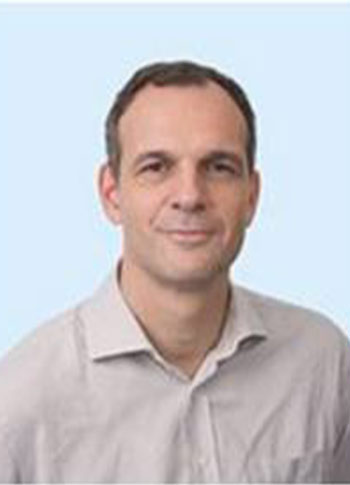PIs: John P. Burrows, Marco Vountas
Project B02 addresses the need to establish and investigate changes of aerosol properties and Surface Spectral Reflectance (SSR) in the solar spectral region, their origins and impact on Arctic Amplification. To achieve this goal, the temporal changes in aerosol loading and type and SSR between 60°N and 90°N are to be investigated over the past 2–3 decades using data from a series of nadir sounding spectrometers. The research focuses on the determination of the SSR and aerosol optical properties for cloud free scenes. The aerosol retrieval algorithm developed over the past 15 years at University of Bremen will be optimized and adapted for the selected data sets. These deliver Aerosol Optical Thickness (AOT), and aerosol type, SSR and other relevant parameters. While the approach relies on a precise de–coupling of emission and reflectivity at 3.7 μm channel, the approaches of make use of the dual–viewing capabilities of the satellite instrument AATSR. These approaches utilize spatially well resolved radiometer data in the visible and infrared regions to retrieve AOT over snow/ice. For land surfaces in the Arctic regions improved but well–established alternative retrieval methodologies will be used, such as the new approach developed at University of Bremen. Equally important is the determination of the SSR. Having established the time series of data products, comprising consistent and consolidated aerosol optical properties and SSR for 60°N to 90°N, these data will be analysed and the role of changing aerosol optical parameters and surface type and reflectance in the Arctic Amplification and any feedback will be investigated.
Hypothesis: Changes in solar reflectance at the TOA in cloud–free regions are dominated by aerosol optical properties and surface reflectance.
In order to test the hypothesis, we will address the following central question:
- How have the aerosol properties and SSR changed over the Arctic temporally and spatially?
Role within (AC)³
- Knowledge obtained from analyses of surface-atmosphere interaction and processes in Cluster C feed back into WP1
- Cloud characteristics derived by B01, B03, B04 and B06 to be used in the development of accurate cloud screening algorithm in WP2
- Verification/validation in WP3 will benefit from validation activities in projects of Cluster A and E02
- Case studies for different aerosol/surface conditions in WP4 can be tested in C01and D02
- Long-term dataset created by WP5 can be validated in part by comparison with data products from C01, D01, D02, E04
- Analysis of datasets in WP5 basis for Cluster E model evaluation and attributions studies
Members
Dr. Marco Vountas
Principal Investigator
University of Bremen
Institute of Environmental Physics (IUP)
Otto-Hahn-Allee 1
28359 Bremen
Vinjamuri V S A P M Kameswara Sarma
PhD
University of Bremen
Institute of Environmental Physics (IUP)
Otto-Hahn-Allee 1
28359 Bremen


